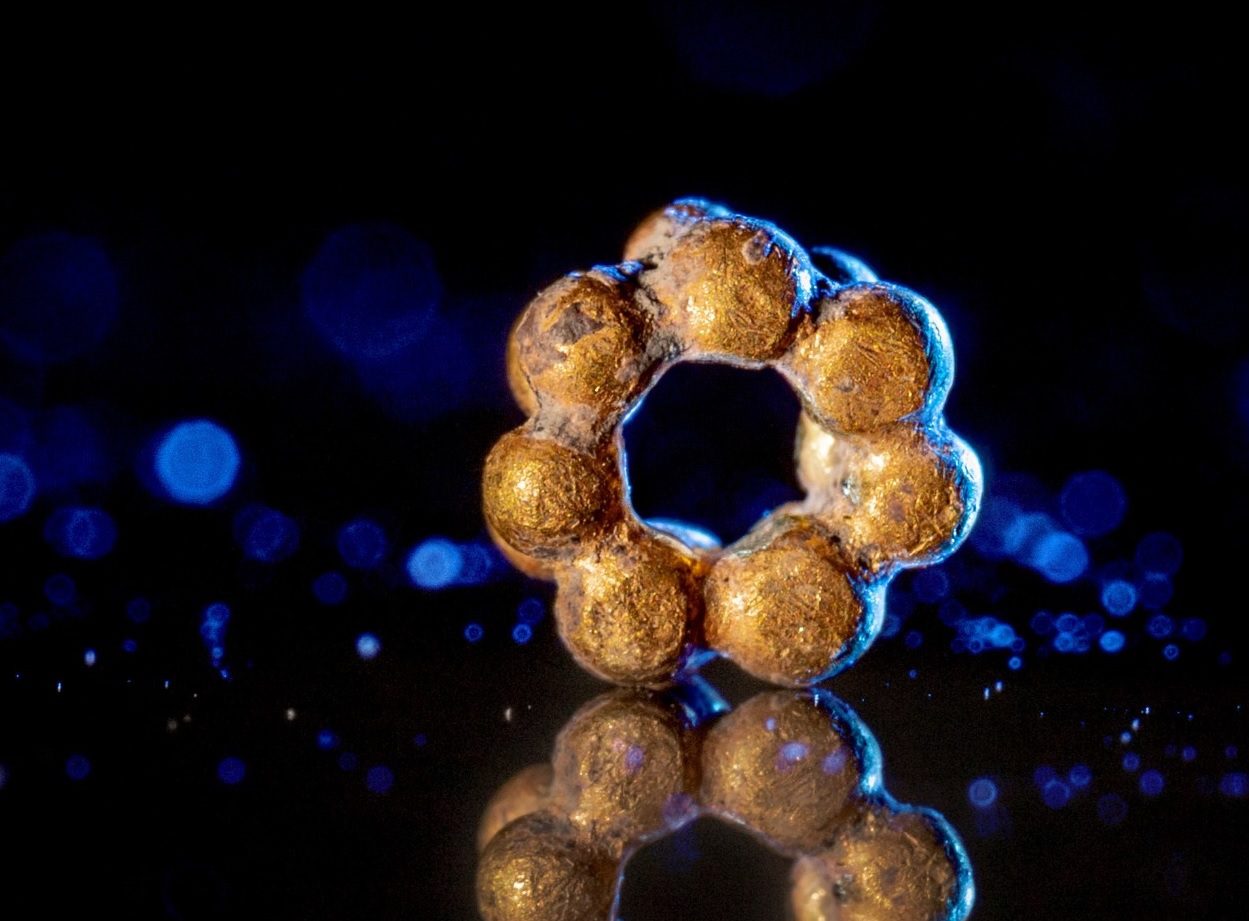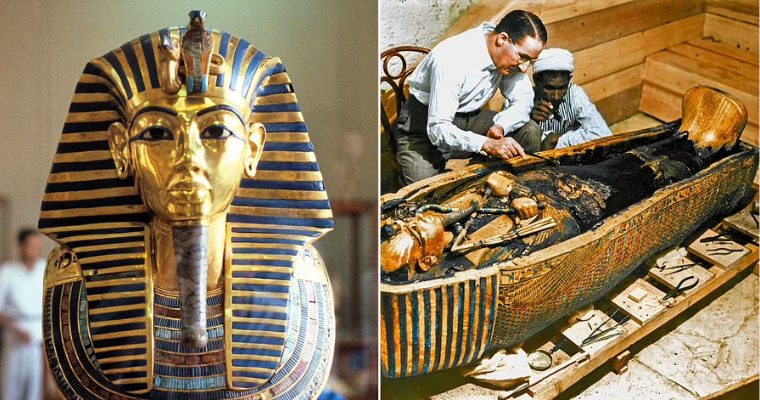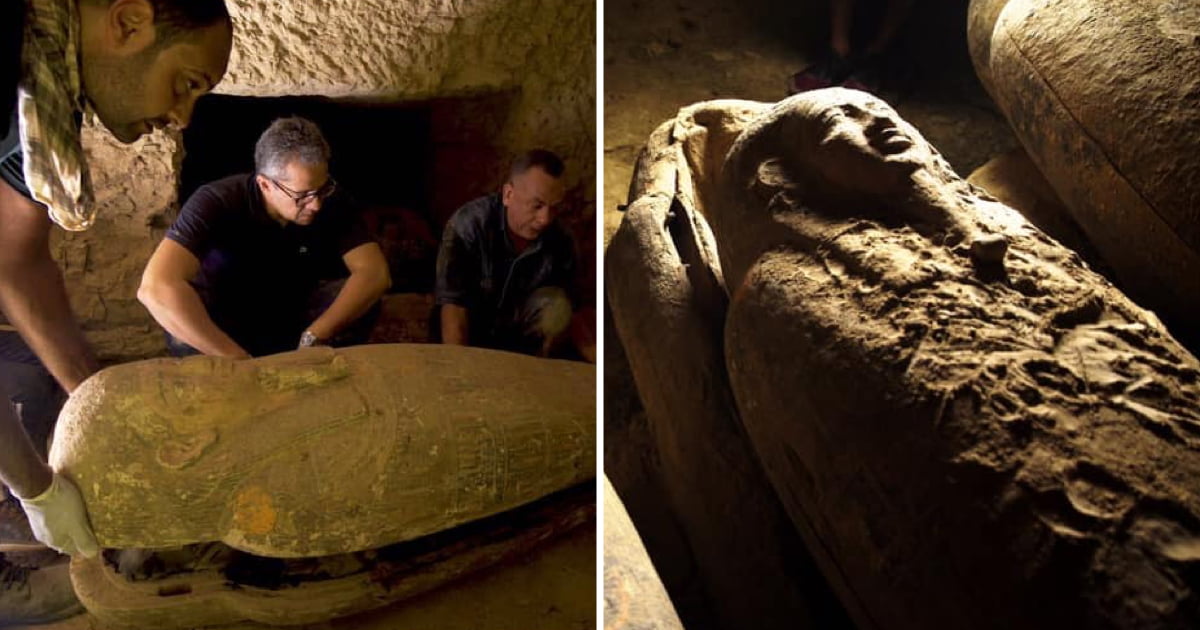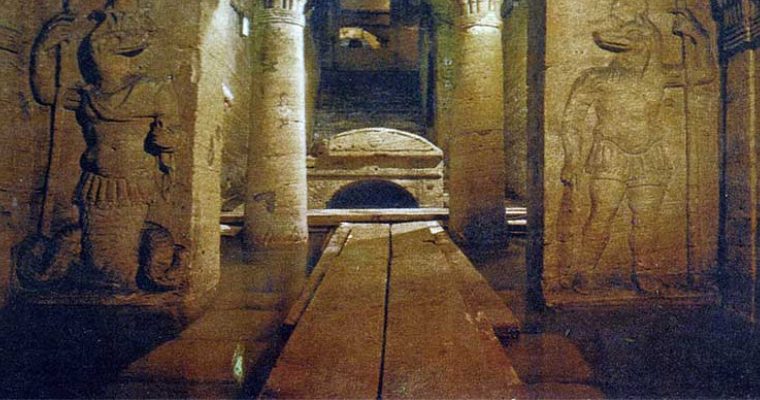AN ORNATELY FASHIONED GOLD BEAD HAS BEEN FOUND DURING EXCAVATIONS IN THE EMEK TZURIM NATIONAL PARK, LOCATED IN EAST JERUSALEM, ISRAEL.
The bead dates from 1,600-years-ago and was created by an expert goldsmith who soldered tiny balls of gold together in the form of a ring.
“The most interesting aspect of the bead is its unique and complex production method”, explains Dr. Golani from the Israel Antiquities Authority (IAA). “A good understanding of the materials and their properties is required, as well as control over the heat in order to solder the tiny balls together to create a tiny ring, while also preventing overheating which could lead to all the gold melting. Only a professional craftsman could produce such a bead, which is another reason that this find holds great value.””

The technique most likely originates from Mesopotamia around 4,500-years-ago, but is a very rare discovery for the team, as only a few dozen gold beads have been previously discovered in sites across Israel.

Similar beads have been discovered in burial caves from 2500-years-ago (end of the First Temple period) in Ketef Hinnom near the City of David, but even those beads were made from silver.
IAA Director Eli Escusido said: “Even with today’s advanced technology, creating something like this would be very complex. A close examination of this object fills one with a deep sense of admiration for the technical skill and ability of those who came before us many centuries ago.”
The bead was found in a high-status Roman structure during excavations along the Pilgrimage Road. The building is around 25 metres long and contained imported clay vessels and a decorated mosaic floor. The researchers believe that the bead is only a small part of a necklace or bracelet, which would have belonged to a very affluent person until it was lost.








